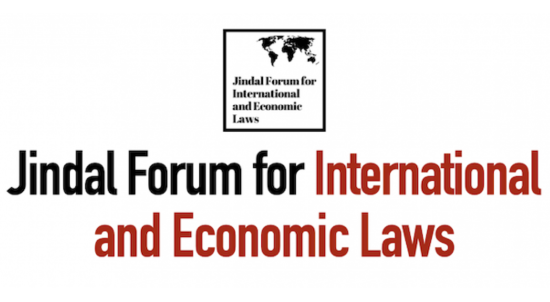Give and Take: Independent Accountability Mechanisms and their Relationship to Transnational Law

An indigenous community in Nepal fighting to temporarily halt the construction of transmission lines on their lands until their free, prior, and informed consent is sought, workers in Turkey seeking redress when they are unfairly fired for exercising their freedom of association rights, indigenous communities in Myanmar concerned about the impacts of a conservation project that threatens their access to land and livelihoods. These are some of the individuals or communities that may seek to file a complaint before one of the many Independent Accountability Mechanisms (IAMs) associated with Multilateral Development Banks (MDBs), such as the World Bank or its many counterparts across the world. Their claim will rest on a clear link between the investment (transmission lines, industry, national park) that has harmed their rights and the MDB that provided the financing.
These internal but independent channels are one of the many examples of accountability mechanisms that are associated with transnational institutions. They are a necessity in the field of international development finance where investments have far reaching consequences on the environmental, social, and human rights of already marginalized communities and domestic legal avenues to seek redress remain effectively shut. The first IAM, the Inspection Panel (IP), was created in 1993 amid demands from communities in the global south who had been severely harmed by World Bank investments. Since then, they have proliferated with every major MDB having its own IAM. In this article we will describe how IAMs (and their parent institutions i.e. MDBs) operate, locate IAMs in international law, and briefly discuss the strength of IAMs’ impact on project-affected communities, domestic legal systems, and international organizations.
Read the full article on the Jindal Forum for International and Economic Laws here.

